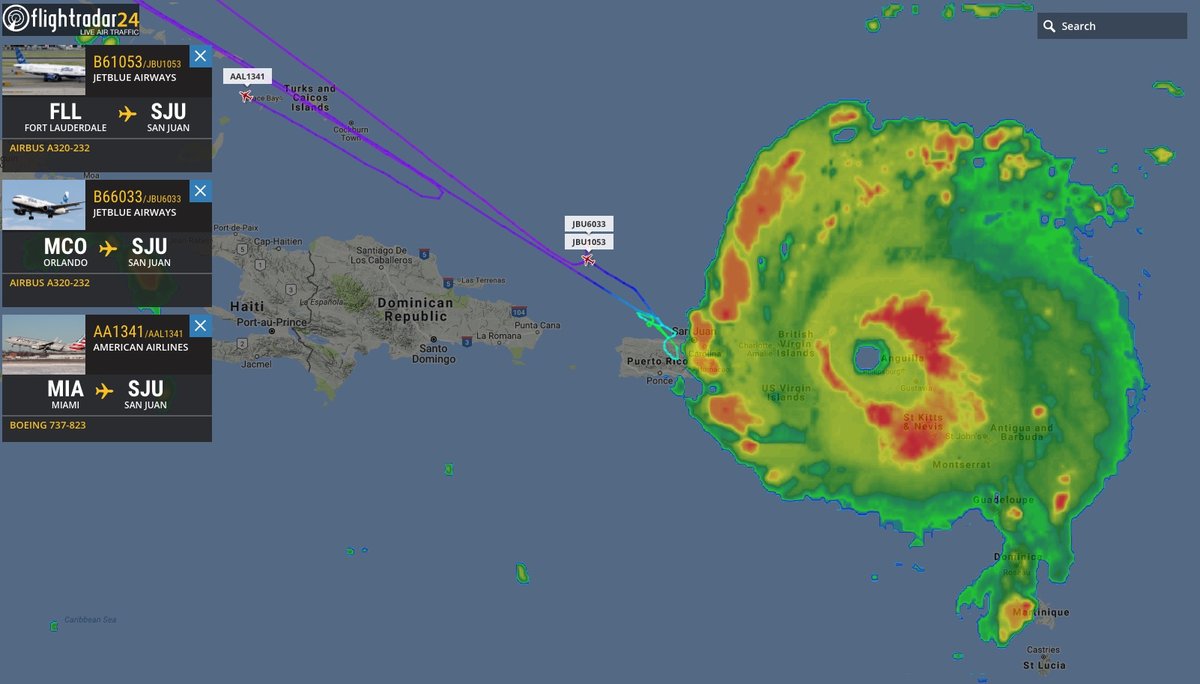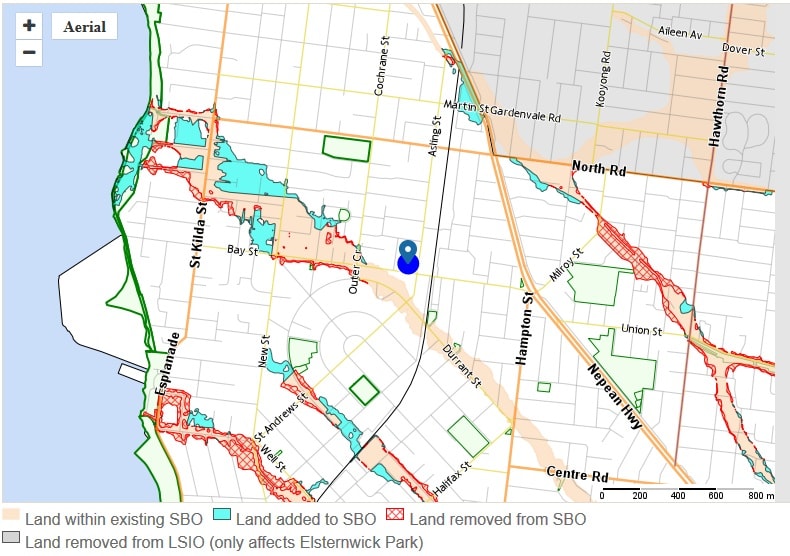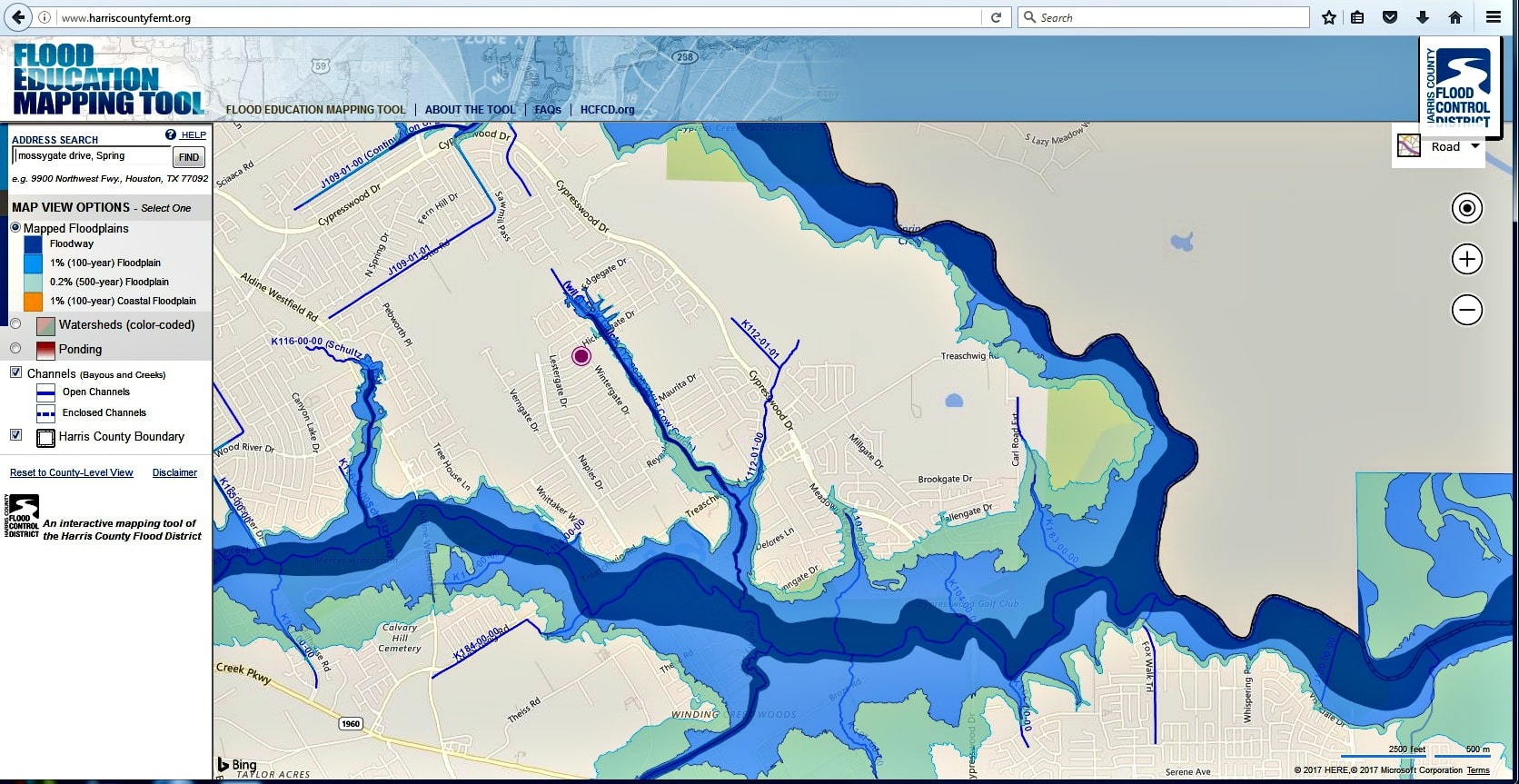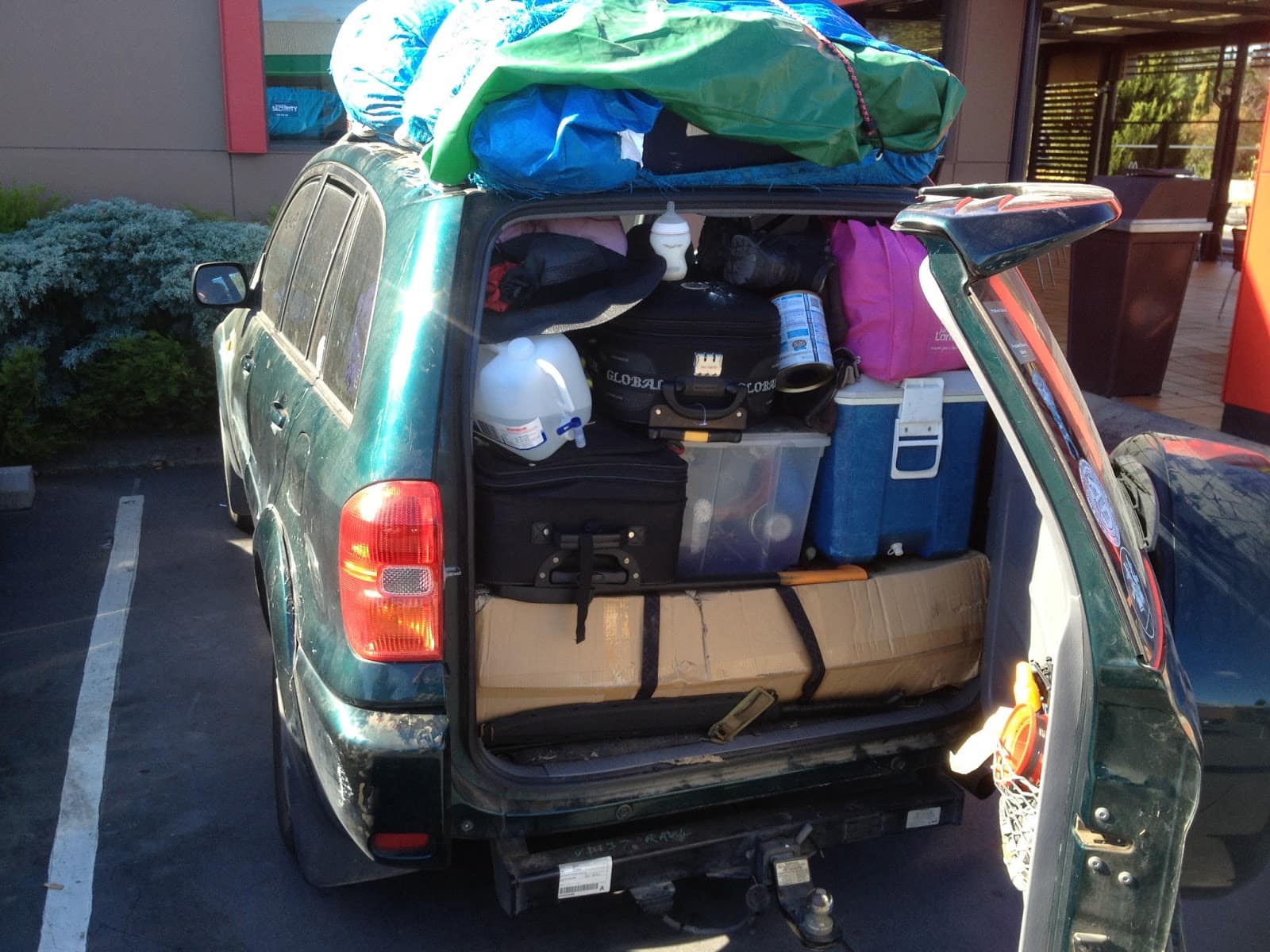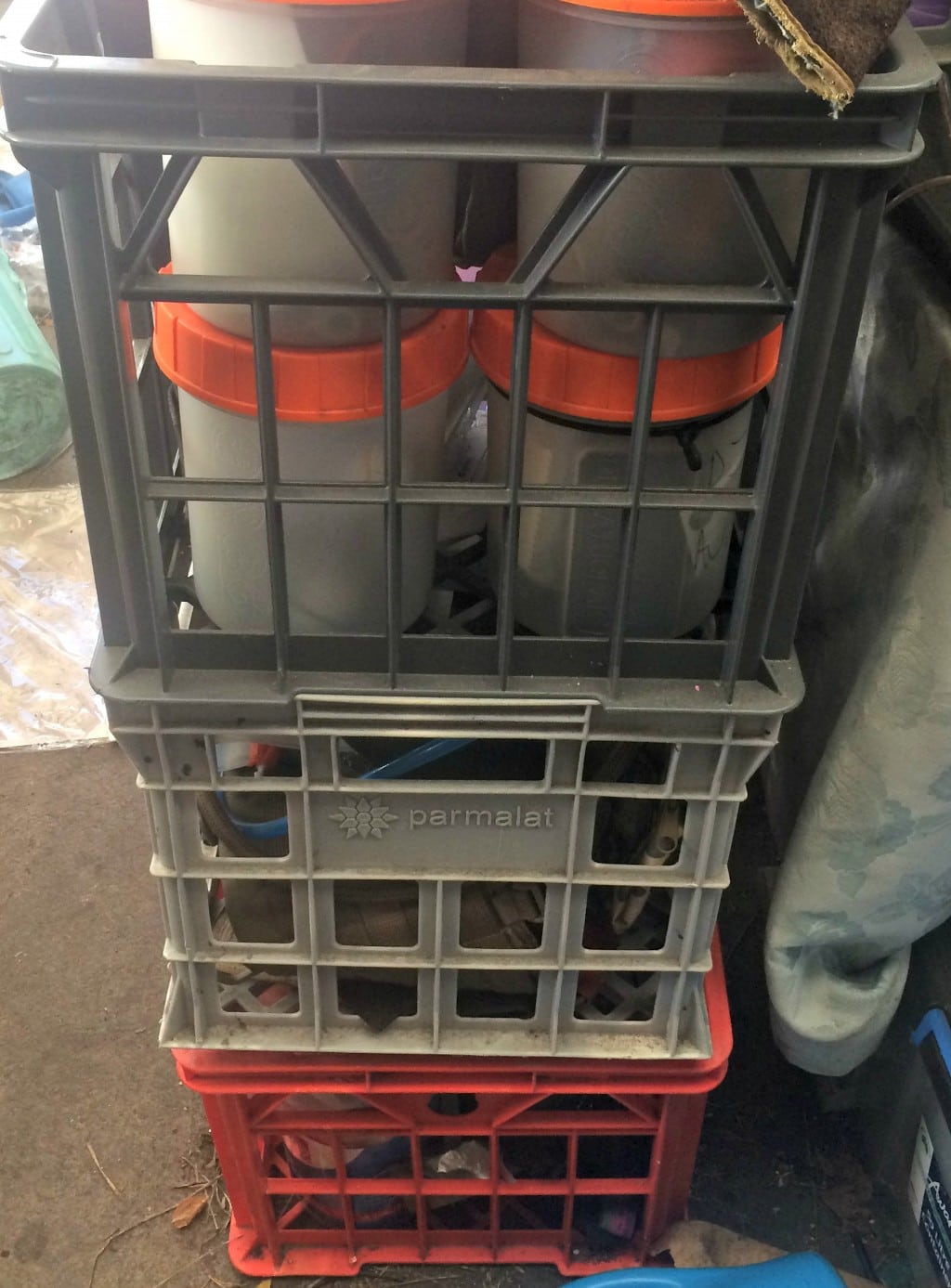Its no secret that I'm a fan of hammocks and if I had my way I'd never sleep on the ground, but the inevitable sag can lead to a banana shaped sleep which some can't abide.
Options like the fabulous and fun Tensile tents provide a flat space but need three anchor points, and more traditional hammock systems like the Sierra Madre Nube are comfortable but don't resolve the sag issue. A very exciting and innovative option is the Aerial A1 by Opeongo which I backed on Kickstarter. After the usual development and manufacturing delays, I was delighted by the end product.
Options like the fabulous and fun Tensile tents provide a flat space but need three anchor points, and more traditional hammock systems like the Sierra Madre Nube are comfortable but don't resolve the sag issue. A very exciting and innovative option is the Aerial A1 by Opeongo which I backed on Kickstarter. After the usual development and manufacturing delays, I was delighted by the end product.
 The principle of the A1 is to form a semi-rigid cot, by stretching the four corners taut via a pair of webbing loops that are strung around appropriate supports, tree trunks or beams. This forms the base ontop of which the tent component is built. Each short end is held rigid with the inclusion of a spreader bar.
The principle of the A1 is to form a semi-rigid cot, by stretching the four corners taut via a pair of webbing loops that are strung around appropriate supports, tree trunks or beams. This forms the base ontop of which the tent component is built. Each short end is held rigid with the inclusion of a spreader bar.A single 7000 series aluminium pole with spreader-bar held in place with clever clasps suspend the internal mesh body and give it near vertical side-walls. The base features a bath-tub bottom and is made of 210 Denier, ripstop nylon (PU 4000) and the mesh walls features full size zippered openings on both sides.


The main feature that allows the A1 to achieve its exceptional comfort and stability is the unique, slackline inspired, suspension system. By wrapping high tensile webbing straps around a tree and pulling them back from both sides of the trunk the A1 is able to achieve a four point connection system. Using this four point system, along with tension and two spreader bars at the head and feet of the base it is able to create a sturdy, flat platform that feels similar to a high quality cot. The webbing suspension (PES (Polyester) rated to 14kN /1450 kg (3200Lbs)) also provides spring like a mattress that helps absorb movement without being tippy or bouncy.
This flat sleeping surface provides the ability to sleep in any position, back, side or even on your front.The secret to the suspension tension is the buckle system. The AustriAlpine are rated to 15kn / 1528kg (3370lbs) and are made from ultra lightweight alloy. The system works by having a simple self-locking dual-buckle at one end's corners. This lets you set up one of the webbing straps (6m (19'8") or 8m (26'3")) straps at one end, as a static length. The dynamic end features a pair of off-set buckles.
This enables you to take advantage of the RollerCam fitting to tension the whole system up. To do so simply feed the webbing through the first off-set buckle on the A1 and then back to the Rollercam returning back to the second off-set buckle on the A1. This simple system 3:1 purchase creates a 4:1 mechanical advantage which is more than sufficient to create a nice taut, flat surface. Each of the webbing straps has a boldly embroidered + mark in its center to assist on centering the straps which was a nice touch.
The removable fly is lightweight, durable, made from a premium 40 Denier nylon and has a 1500mm hydrostatic head waterproof rating.
The removable fly is lightweight, durable, made from a premium 40 Denier nylon and has a 1500mm hydrostatic head waterproof rating.
The fly is completely separated from the internal mesh body by the spreader bar and main ridgepole, which prevents condensation build up, promotes good airflow and prevents contact weeping.  The base has a footprint of 203cm x 69cm / (80” x 27”), which is plenty big enough for me to stretch out on, even when Tactical Baby joins me. It is also no coincidence that the footprint matches a large Therm-a-Rest® mattress, which would be great insulation, let alone padding, but I found the cot-like finish very comfortable on its own. The fly open on either side or can be stretched open to form 17” vestibules. guy-lines and Y-shaped stakes are included to stake out the vestibule. The clever design of the A1 also allows for it to be used as an on-ground tent, with four Shepherd Hook stakes to stake out each corner. Its peak height is 90cm (35”), which is plenty high enough to sit up in.
The base has a footprint of 203cm x 69cm / (80” x 27”), which is plenty big enough for me to stretch out on, even when Tactical Baby joins me. It is also no coincidence that the footprint matches a large Therm-a-Rest® mattress, which would be great insulation, let alone padding, but I found the cot-like finish very comfortable on its own. The fly open on either side or can be stretched open to form 17” vestibules. guy-lines and Y-shaped stakes are included to stake out the vestibule. The clever design of the A1 also allows for it to be used as an on-ground tent, with four Shepherd Hook stakes to stake out each corner. Its peak height is 90cm (35”), which is plenty high enough to sit up in.
Inside the tent there are three well placed pockets to hold all your needfuls. Two medium size pockets on either end and one 'sky" pocket in the ceiling that is the perfect place for putting your head lamp to light up the tent at night, or an iPad to watch a movie. None of these pockets are heavy duty, and the outside attachment points work better for hanging a bottle, or your boots but for glasses, a flashlight or devices, they work perfectly.
The system as a whole, packed down measures 67cm x 13cm (28” x 5”) in its slingable stuff case and weighs 2.70kg (5lbs 15oz) for the full system, or cut down to 2.45kg / (5lbs 6oz) for a slung trail set, or 1.86kg (4lbs 1oz) for a ground-based set up. Leaving out the stakes, straps and roller-cams cuts weight, crucial when ounces mean pounds.
This shelter is very easy to set up and only takes about 6 minutes. (once you get the suspension buckles sorted out. )The A1 makers state it will be stable on trees with a diameter as small as 5”, though they recommend using healthy trees with a 7” - 25” trunk. I set it up on painted 5"x5" beams with no trouble. The standard webbing provided allows the tent to be set up between two trees spaced 10’ - 25’ feet apart. For trees spaced 10’ - 16’ apart the webbing will completely encircle the tree for maximum hold. I recommend using the long webbing lengths at the Roller-cam side, for maximum cinching length.
 The base has a footprint of 203cm x 69cm / (80” x 27”), which is plenty big enough for me to stretch out on, even when Tactical Baby joins me. It is also no coincidence that the footprint matches a large Therm-a-Rest® mattress, which would be great insulation, let alone padding, but I found the cot-like finish very comfortable on its own. The fly open on either side or can be stretched open to form 17” vestibules. guy-lines and Y-shaped stakes are included to stake out the vestibule. The clever design of the A1 also allows for it to be used as an on-ground tent, with four Shepherd Hook stakes to stake out each corner. Its peak height is 90cm (35”), which is plenty high enough to sit up in.
The base has a footprint of 203cm x 69cm / (80” x 27”), which is plenty big enough for me to stretch out on, even when Tactical Baby joins me. It is also no coincidence that the footprint matches a large Therm-a-Rest® mattress, which would be great insulation, let alone padding, but I found the cot-like finish very comfortable on its own. The fly open on either side or can be stretched open to form 17” vestibules. guy-lines and Y-shaped stakes are included to stake out the vestibule. The clever design of the A1 also allows for it to be used as an on-ground tent, with four Shepherd Hook stakes to stake out each corner. Its peak height is 90cm (35”), which is plenty high enough to sit up in.Inside the tent there are three well placed pockets to hold all your needfuls. Two medium size pockets on either end and one 'sky" pocket in the ceiling that is the perfect place for putting your head lamp to light up the tent at night, or an iPad to watch a movie. None of these pockets are heavy duty, and the outside attachment points work better for hanging a bottle, or your boots but for glasses, a flashlight or devices, they work perfectly.

This shelter is very easy to set up and only takes about 6 minutes. (once you get the suspension buckles sorted out. )The A1 makers state it will be stable on trees with a diameter as small as 5”, though they recommend using healthy trees with a 7” - 25” trunk. I set it up on painted 5"x5" beams with no trouble. The standard webbing provided allows the tent to be set up between two trees spaced 10’ - 25’ feet apart. For trees spaced 10’ - 16’ apart the webbing will completely encircle the tree for maximum hold. I recommend using the long webbing lengths at the Roller-cam side, for maximum cinching length.

The Aerial A1 can also be pared with the A1 Underquilt to provide maximum warmth for winter camping.


